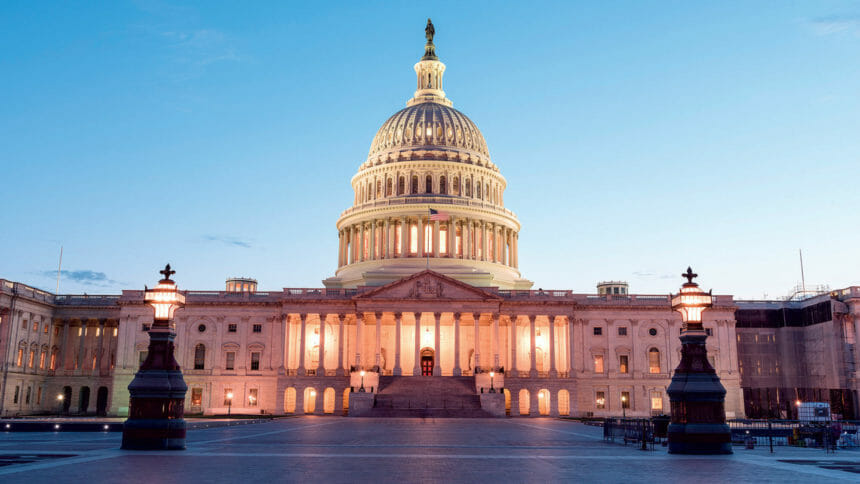
A federal rule provision and a federal program, both of which help enable older adults to live in assisted living or at home rather than in nursing homes, are set to expire Dec. 31 unless Congress acts.
One deadline involves the spousal impoverishment rules used to determine financial eligibility for long-term services and supports.
In 2014, Section 2404 of the Affordable Care Act changed Medicaid’s spousal impoverishment rules so that state Medicaid programs treat home- and community-based services (such as those provided in assisted living) and institutional care (such as that provided in nursing homes) equally when determining eligibility for Medicaid LTSS. Between 1988 and when Section 2404 went into effect, in cases in which one spouse needed LTSS but the other did not, states were required to protect some of a married couple’s income and assets when determining nursing home eligibility, but applying the rules to HCBS waivers was optional. The Section 2404 provision will not apply as of Jan. 1 without congressional reauthorization, however, and states once again could implement tougher financial eligibility rules for those wishing to receive LTSS outside of a nursing home.
“Applying more stringent Medicaid financial eligibility rules to HCBS than to nursing homes could slow or begin to reverse states’ progress in expanding access to HCBS, while reauthorizing the rules would provide stability for enrollees and states,” according to the authors of a new Henry J. Kaiser Family Foundation issue brief on the topic.
In 2016, 57% of the $167 billion spent on LTSS went to HCBS, with 43% going to institutional LTSS, according to Medicaid data cited in the brief.
The provision, the authors added, “helps alleviate bias in favor of institutional care.”
“If financial eligibility limits are less stringent for nursing home care than for HCBS, an individual in need of LTSS may qualify only for institutional care,” the authors wrote. “Even if an individual financially qualifies for both nursing home care and HCBS, he may be incentivized to choose nursing home care if that option will protect protect additional income and assets to support his spouse at home, due to differential application of the spousal impoverishment rules.”
Section 2404 originally was set to expire Dec. 31, 2018, and Congress previously temporarily extended the provision through March 31, 2019, then Sept. 30, 2019, then Dec. 31, 2019. Reps. Debbie Dingell (D-MI) and Fred Upton (R-MI), as well as Sens. Tina Smith (D-MN) and Amy Klobuchar (D-MN), previously introduced legislation to make permanent the spousal impoverishment protections for Medicaid-covered HCBS, and the efforts have received senior living industry support.
“There does not appear to be a substantive debate over the issue like with other health programs, but there are always competing demands for federal funding,” the brief authors wrote. “Section 2404’s original expansion of the spousal impoverishment rules in the ACA likely was time limited due to an effort to control costs.”
Money Follows the Person
The other looming deadline involves Medicaid’s Money Follows the Person demonstration, a federal grant program for which a short-term funding extension is set to expire Dec. 31.
By providing states with matching funds, the program has enabled more than 91,000 older adults and people with disabilities to receive services and supports in community settings, including assisted living communities, rather than in nursing homes, according to the brief. Eighty-four percent of these people had physical, mental or adult-onset cognitive disabilities.
“MFP’s future remains uncertain for the 44 states participating in the program, without a longer-term reauthorization by Congress,” according to a separate issue brief by the same authors. “Twenty percent of MFP states will have exhausted their current funds by the end of 2019, and the vast majority of the remaining states expect to do so during 2020.”
Funding cuts would affect community transition services as well as staff and activities related to enrollee outreach and community housing, according to the authors.
A government evaluation of the MFP program found that after five years of operation, approximately 25% of older adult MFP enrollees would have remained in institutional care without the program, they noted.
“MFP also has helped states control per enrollee spending, as providing enrollees with HCBS typically cost less than institutional care,” the authors wrote.



